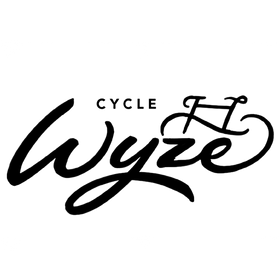Behind the Scenes of the Tour de France: What Makes It So Special?
Behind the Scenes of the Tour de France: What Makes It So Special?
Introduction
The Tour de France is more than just a cycling race; it's a global phenomenon that captivates millions of spectators each year. But what truly sets it apart from other sporting events? This blog post delves into the unique aspects and behind-the-scenes operations that make the Tour de France a standout event in the world of professional cycling.
The Route and Stages
Planning and Design
The route of the Tour de France is carefully planned years in advance, with organizers selecting a mix of flat, hilly, and mountainous stages to challenge the riders and excite the fans. Each year, the route changes, often incorporating scenic backdrops like the Pyrenees or the Alps, which not only test the endurance of the riders but also highlight France's stunning landscapes.
Iconic Climbs and Time Trials
Certain stages have become legendary, such as the climb up Alpe d’Huez or the individual time trial. These segments are critical in deciding the overall winner of the race, adding an extra layer of strategy and excitement.
The Teams and Riders
Selection and Strategy
Teams for the Tour de France are composed of riders from all over the world, each selected for their specific skills and potential contributions to team strategy. The composition of a team can greatly influence the dynamics of the race, from the leaders and sprinters to the domestiques and climbers.
Preparation and Training
Riders undergo rigorous training regimes and participate in several warm-up races before the Tour. This preparation is vital for endurance and helps in strategizing for team roles, from pacing leaders through flat stages to protecting them on treacherous descents.
Technological Innovations
Equipment and Gear
The Tour de France has been a platform for technological advancements in cycling, from aerodynamic uniforms to state-of-the-art bicycles. Each component is finely tuned to enhance performance, including weight, resistance, and comfort.
Data Analytics and Communication
Teams use advanced data analytics to monitor riders' performance and make real-time decisions. Communication technology also plays a crucial role, allowing team directors to instruct riders via earpieces during the race.
Media and Broadcasting
Global Coverage
The Tour de France is broadcasted worldwide, reaching millions of viewers across different continents. The production involves hundreds of technicians, cameras, and helicopters, ensuring that audiences don't miss any action.
Interactive and Engaging Broadcasts
Broadcasts now include real-time data overlays, rider statistics, and interactive elements that allow viewers to engage more deeply with the race dynamics.
Cultural and Economic Impact
Promotion of Regions
The Tour promotes not only cycling but also the scenic regions of France. Towns and cities along the route enjoy significant economic boosts from the influx of fans and media.
Inspiration and Legacy
The race has inspired countless individuals to take up cycling and highlighted the importance of physical fitness. Its legacy also includes advancing discussions on sportsmanship and doping in sports.
Conclusion
The Tour de France remains one of the most prestigious and challenging cycling events in the world. Its unique combination of athletic excellence, technological innovation, and cultural significance continues to make it a special and much-anticipated event in the professional cycling calendar.
> "The Tour de France is not just a race; it's a test of human spirit and endurance, combined with cutting-edge technology and passionate storytelling."
Discover more about the world of professional cycling by exploring related articles here. Dive deeper into the strategies, technologies, and personal stories that make cycling a fascinating sport.
Read more here






